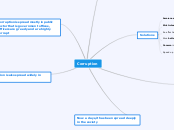realizată de 22-0064 2 11 luni în urmă
88
The Impact of the GAA on Irish Life
The Gaelic Athletic Association (GAA) has had a profound impact on Irish society and politics, particularly in the early 20th century. During the 1916 Rising, many GAA members were actively involved in political activities.









